By Susan Lutz
We watch the news in shock. We watch the news in horror. We watch the news, and then go back to our business. We see the terrible things done to others in the name of religion, rights, or self-interest. But we have to go back to work. We have to feed the kids when they come home from school. We shake our heads. We forget. But those stories live on. We must learn to forgive, yet never forget. Here’s a follow up to a few stories we’ve seen that haven’t yet gone away.
The Lion.
Weeks after the beloved lion, Cecil, was killed by a dentist from Minnesota and poachers he hired, the headlines give way to bigger stories. But the story lives on. Zimbabwe wrestles with the intense issue of hunting their animals. Some claim the bounty helps conservation, others demand laws are changed. The president of Zimbabwe made a statement that the he blames “vandals” for killing Cecil, and also called for his people to take responsibility for the protection of their national treasures and resources.
Conservationists say they knew Cecil the Lion would most likely die at the hands of a hunter. The line between safety and potential death is literally often a line such as a railroad track or long stretch of line with no fencing. The issue of poaching, animals, money, safety, human rights, and animal rights are a hard mix to settle through in a country with so many living in poverty, so little resources.
Teams of people work to keep poachers on the right side of the track, monitoring and helping understaffed patrol officers find, catch, and prevent poaching. One group of women in South Africa head out at night and take huge risks to monitor and alert officials to potential poachers, all for about $250 a night. Their story was reported by PBS:
“They use a vehicle at night because it is far too dangerous to come out on foot. But there are still threats…. Poachers are usually heavily armed. All of the women admit it wasn’t easy in the beginning….”
The issue lives on for those fighting for animal rights. In St. Paul, Minnesota, a mural will be made from people standing in an outline of Cecil the Lion to keep the awareness heightened about the issue. The organizer, an artist, Kevin Foley:
“We want to harness the energy of this shameful incident for something good…for increased awareness, for meaningful action and involvement, and to preserve and protect this world’s declining wildlife.”
It’s going to be harder to get those trophies back to American soil. Delta Airlines joined other airlines in the transport of the dead animals.
The accused hunter, Walter Palmer is back in the news as recent photos of him also taking, illegally, a black bear from Wisconsin in 2006.
The Dark.
The Dark Act will move on as law if we let it. The bill passed the house, and will slip through the Senate if we don’t act to remove the darkness. The Cornucopia Institute reports that The Dark Act will prevent information about our food from getting onto the labels and leave us with unwanted food on our tables.
And Following Suit.
I walk away from the news, often shaking my head and wondering what in the heck can I do? I have to run to the grocery store, clean the bathroom, and walk the dog. The action I take every day in those errands, in my conversations, in my consciousness does keep the issue alive.
Contacting a Senator is easy. I’ve done it. They are accessible. They’ve also responded and gotten back to me. We love social media, so let’s use it to LIKE ideas that propagate peace, kindness, and solutions, not hate.
We can’t compare the lives of lions to the lives of people. It’s like saying we love people more than we love the earth or sharks or food or the stars in the sky. All of everything matters. We can’t have people without the earth to walk on. Without sharks, the oceans will die. We have to suit up every day; turn every conversation around to find the good instead of whining about what irks us.
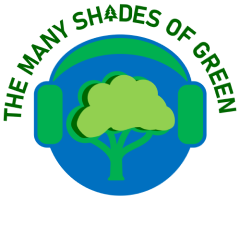
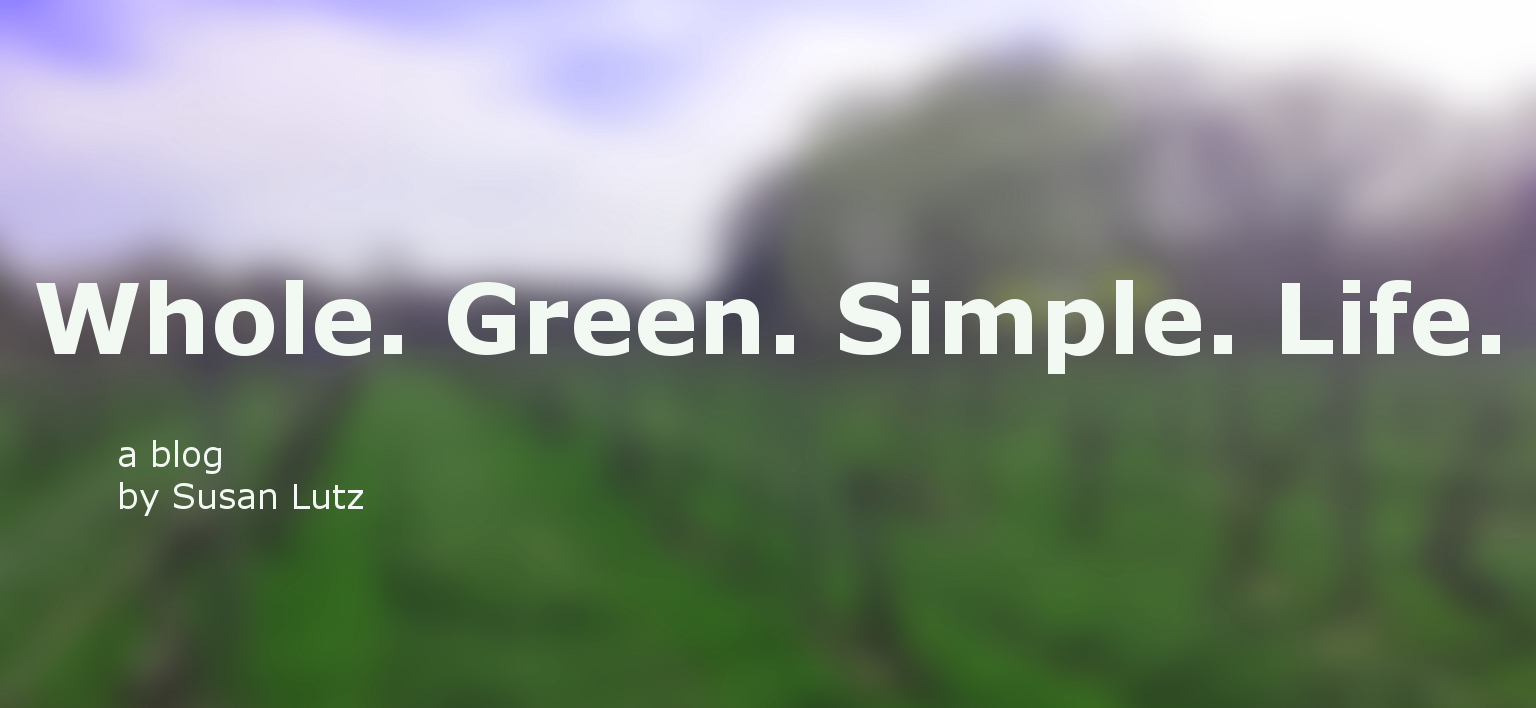
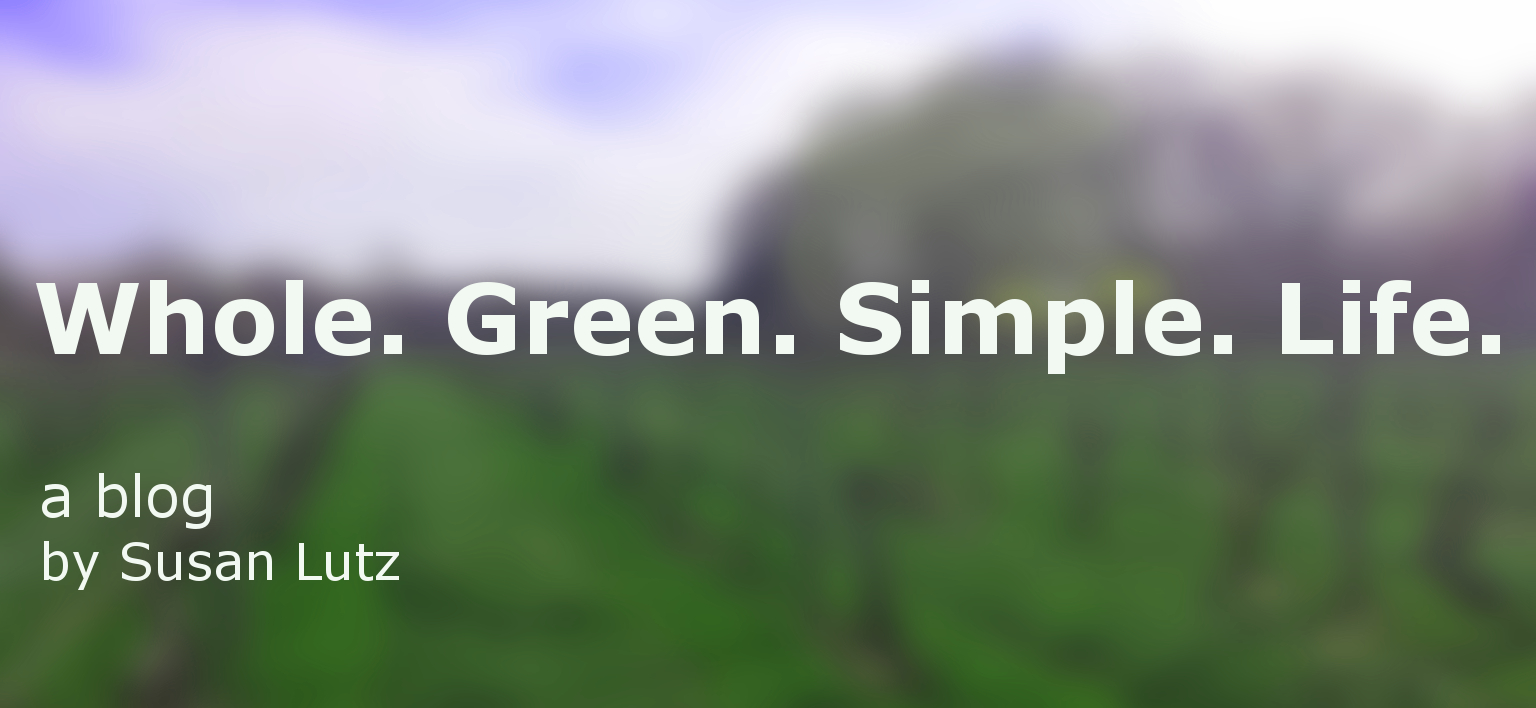
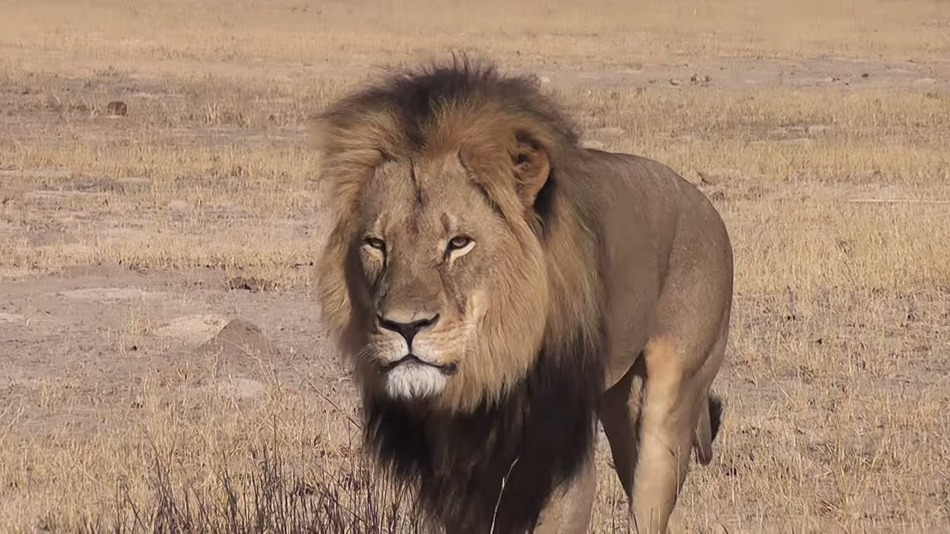
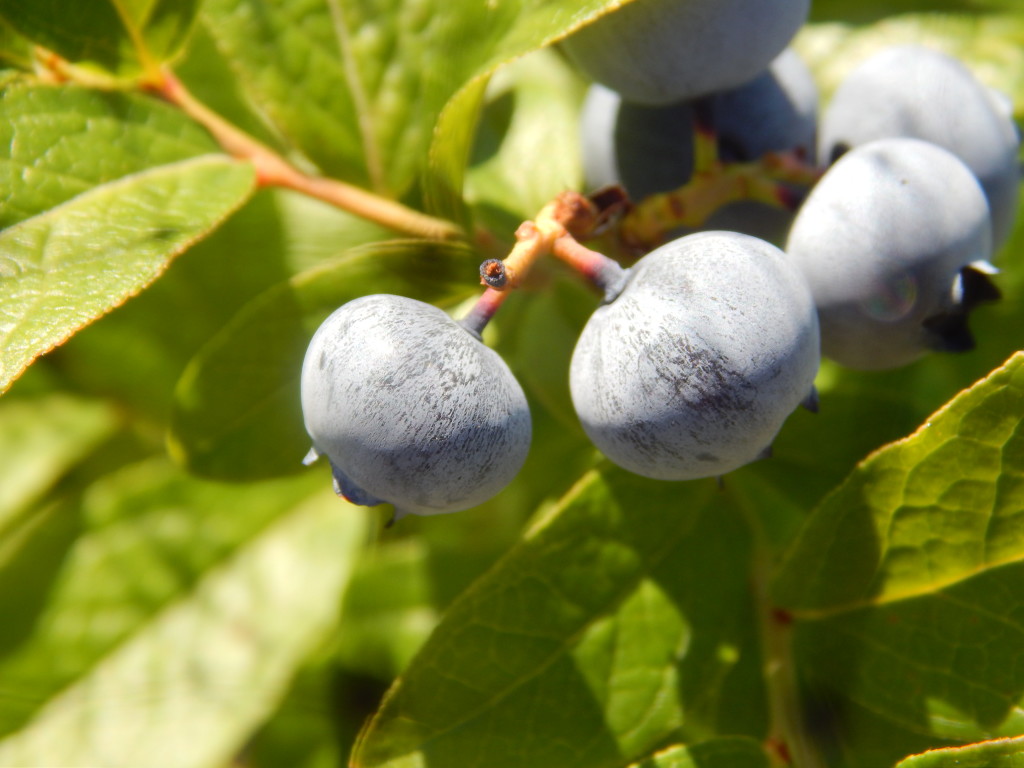 Through the years, I traveled between different paths in search of a healthier life. I figured I could get by with a “pretty-good-kind-of” healthy life. There was always room for beer and chocolate and if in small enough quantities, just about every other unhealthy food choice. My first child changed all that. Not long after her teeth came in, I noticed brown spots: rapid, fast-growing tooth decay. I took her to acupuncture. In our sessions, the acupuncturist talked about diets. It was the first time I’d ever heard of the terms
Through the years, I traveled between different paths in search of a healthier life. I figured I could get by with a “pretty-good-kind-of” healthy life. There was always room for beer and chocolate and if in small enough quantities, just about every other unhealthy food choice. My first child changed all that. Not long after her teeth came in, I noticed brown spots: rapid, fast-growing tooth decay. I took her to acupuncture. In our sessions, the acupuncturist talked about diets. It was the first time I’d ever heard of the terms 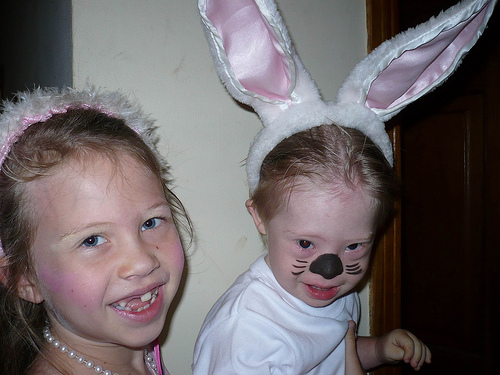 At nine months, I took my son to check on the cyst in an ultrasound. If the cyst grew, there would be reason for concern. If the cyst had stayed the same size or, was smaller, we’d have reason to know something was going right. Since I couldn’t make heads or tails out of an ultrasound, I watched the doctor’s face instead. I held down my son’s tiny penis down with rough, brown paper towels. It was quiet. My son was calm. The doctor had a very blank look on her face. She moved the wand back and forth across his belly. “They’re not there,” she said.
At nine months, I took my son to check on the cyst in an ultrasound. If the cyst grew, there would be reason for concern. If the cyst had stayed the same size or, was smaller, we’d have reason to know something was going right. Since I couldn’t make heads or tails out of an ultrasound, I watched the doctor’s face instead. I held down my son’s tiny penis down with rough, brown paper towels. It was quiet. My son was calm. The doctor had a very blank look on her face. She moved the wand back and forth across his belly. “They’re not there,” she said.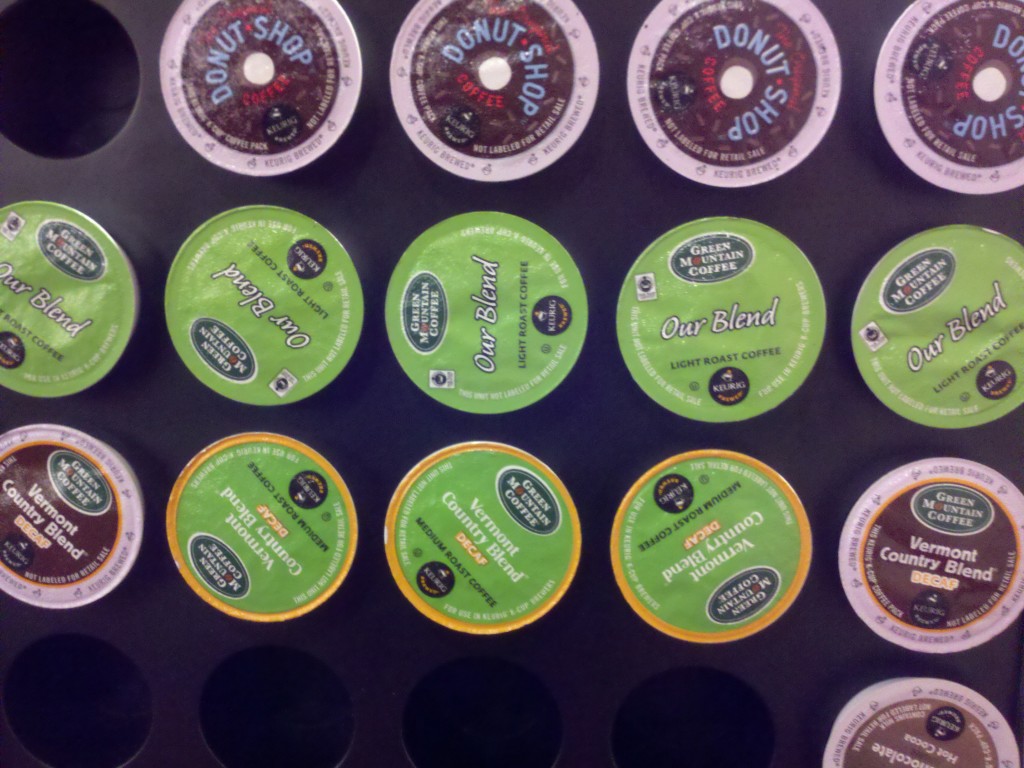
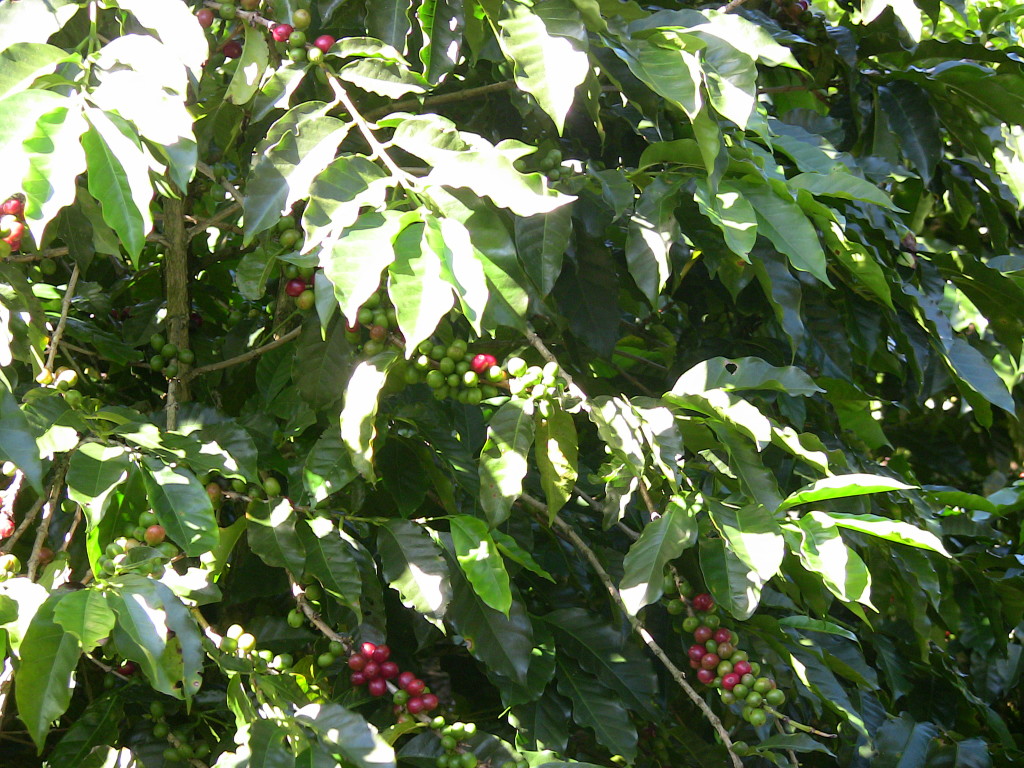 luxury. But, I lived in Central America where most things are luxuries, including roofs that don’t leak and enough food to feed a family.
luxury. But, I lived in Central America where most things are luxuries, including roofs that don’t leak and enough food to feed a family.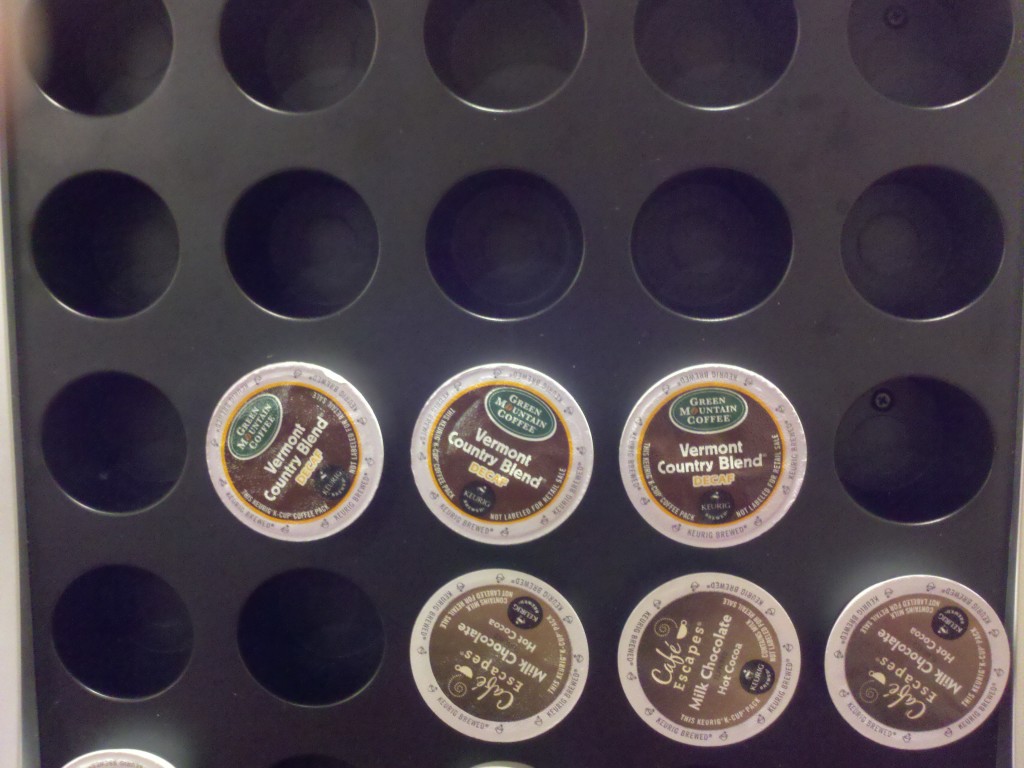 9 billion x 5 = 45 billion little, useless plastic cups filling up our needs to get something quick, fast, and with no regard for others. Getting the k-cup recyclable is, in this day and age, a non-negotiable item. But why after the fact? Why not create the product with some consciousness before the damage is done? Did Kevin Sullivan ever hear of climate change? We cause climate change in every choice we make. It’s not just the billowing smoke from factory smoke stacks. It’s us, our decisions to use or reuse or to choose sustainable with our spending power. There’s plenty of other single serving machines out there that cost the same or less than the Keurig coffee system. Are we that tight for time we can’t spend another minute tamping down a bit of coffee in a reusable machine?
9 billion x 5 = 45 billion little, useless plastic cups filling up our needs to get something quick, fast, and with no regard for others. Getting the k-cup recyclable is, in this day and age, a non-negotiable item. But why after the fact? Why not create the product with some consciousness before the damage is done? Did Kevin Sullivan ever hear of climate change? We cause climate change in every choice we make. It’s not just the billowing smoke from factory smoke stacks. It’s us, our decisions to use or reuse or to choose sustainable with our spending power. There’s plenty of other single serving machines out there that cost the same or less than the Keurig coffee system. Are we that tight for time we can’t spend another minute tamping down a bit of coffee in a reusable machine?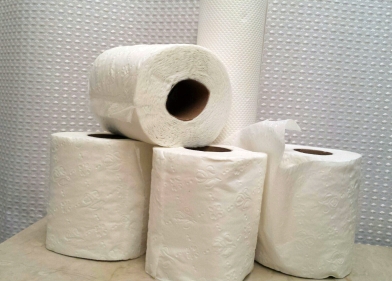 box-stores are now planted as an option for shopping, for everyone, for everything. What do we need? Do we need so much? The visual of green and pink toilet paper is one I’d never thought of until now. Walmart’s not just going to go away. We’ve helped create it. Yet, it must change. It’s too important. They’ve got the power to do it. We’ve got the power to demand it.
box-stores are now planted as an option for shopping, for everyone, for everything. What do we need? Do we need so much? The visual of green and pink toilet paper is one I’d never thought of until now. Walmart’s not just going to go away. We’ve helped create it. Yet, it must change. It’s too important. They’ve got the power to do it. We’ve got the power to demand it.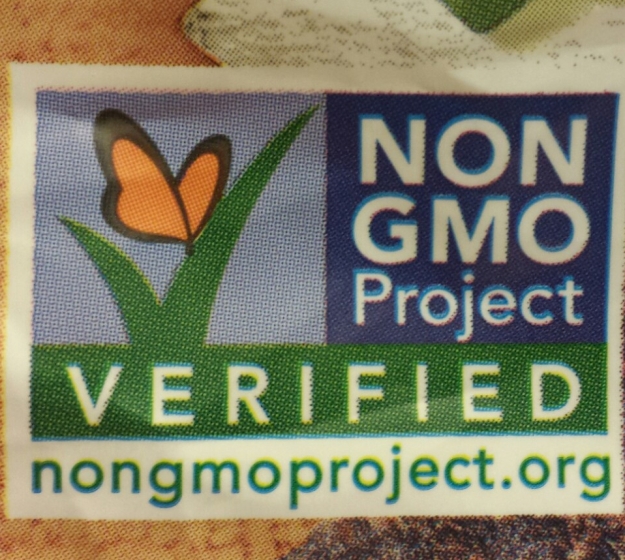 in toxic pesticides used by Monsanto and Dow for GMO crops.
in toxic pesticides used by Monsanto and Dow for GMO crops.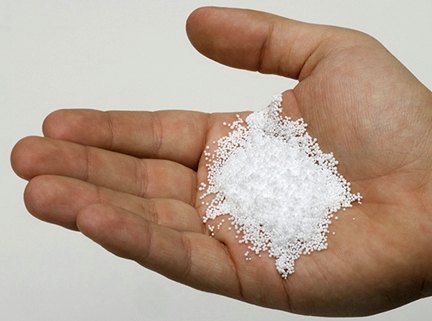 Scrub some natural face cleanser on at the end of the day. Feels wonderful. A shea butter body cream can only be good, right? Read the ingredients. Many of the cosmetics on the shelf today contain microbeads. What’s a microbead? I hadn’t heard of them either. Yet, they are now so proliferate in many of the products we use, approximately 69 NGOs from 33 countries are supporting the campaign to end the use of the microbead, according to
Scrub some natural face cleanser on at the end of the day. Feels wonderful. A shea butter body cream can only be good, right? Read the ingredients. Many of the cosmetics on the shelf today contain microbeads. What’s a microbead? I hadn’t heard of them either. Yet, they are now so proliferate in many of the products we use, approximately 69 NGOs from 33 countries are supporting the campaign to end the use of the microbead, according to 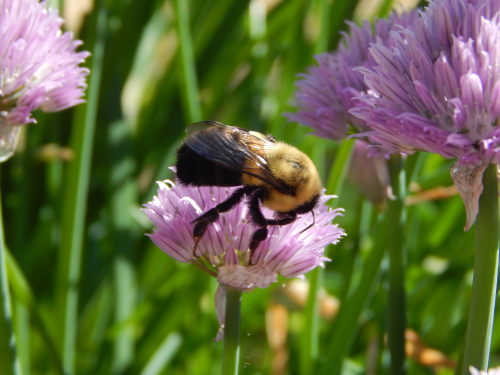 children, it also impacts the farmer and the community. If I buy local, the carbon footprint shrinks. If I buy organic, I’ve chosen a system that fundamentally focuses on how our bodies and our planet will grow naturally, without toxins. When the global issues seem out of reach, when I feel powerless, I step back and remember that my consumer choices make a difference.
children, it also impacts the farmer and the community. If I buy local, the carbon footprint shrinks. If I buy organic, I’ve chosen a system that fundamentally focuses on how our bodies and our planet will grow naturally, without toxins. When the global issues seem out of reach, when I feel powerless, I step back and remember that my consumer choices make a difference. 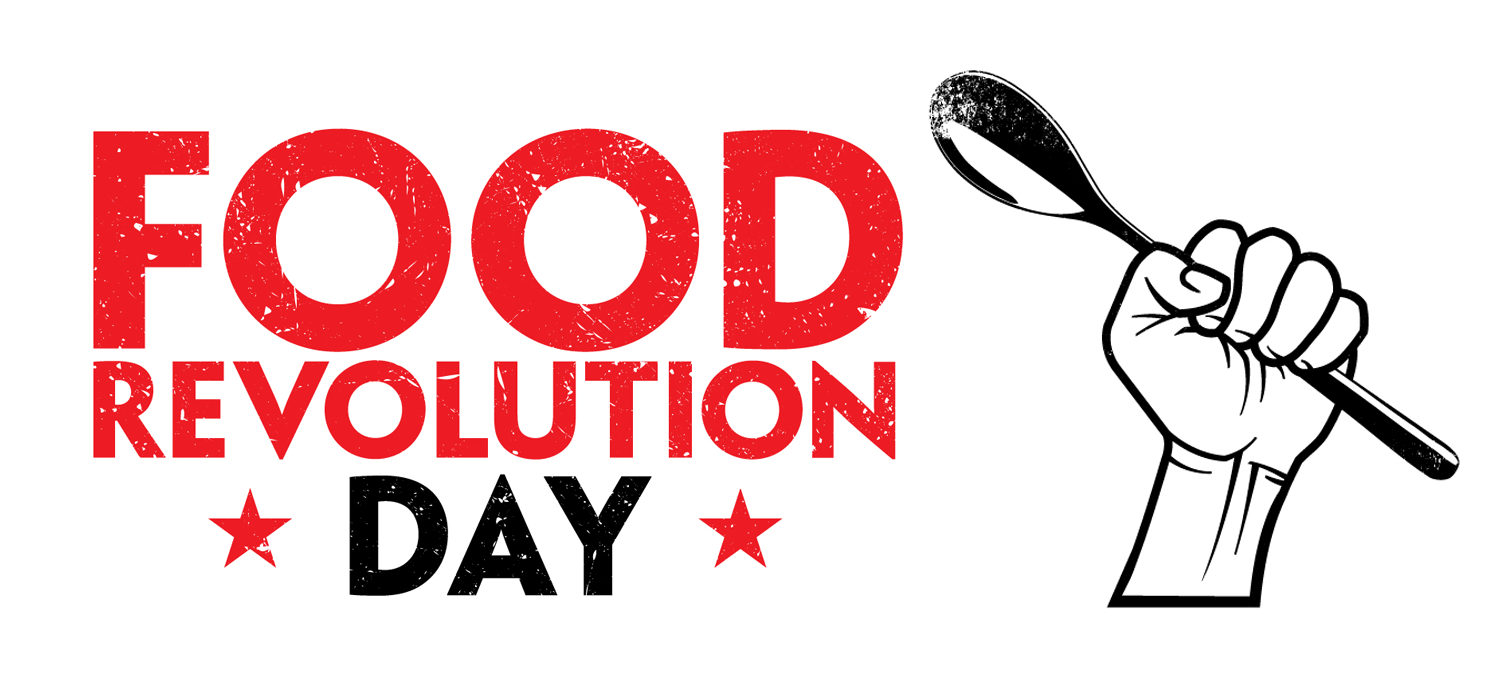
 Jamie Oliver takes on the tough subjects. His goal is to implement food education in the school system. Not easy. I’ve worked in schools, and I’ve owned my own restaurant where I’ve watched this organic, eat-better/grow-better food movement on a national and international level. From Central America to Europe to the US, organic food and better eating practices are shaking up the way tradition has boxed in food. Oliver also aims to pave a path towards better eating at home. Also not an easy task. Even for me, an organic girl from way back, I struggle to feed my family with organic food and as little sugar and fats as possible. Challenging? Yes. Impossible? No. We can’t continue stuffing ourselves as the conventional model wants us to do. The more we demand higher quality, the more we’ll get it – and at a better price.
Jamie Oliver takes on the tough subjects. His goal is to implement food education in the school system. Not easy. I’ve worked in schools, and I’ve owned my own restaurant where I’ve watched this organic, eat-better/grow-better food movement on a national and international level. From Central America to Europe to the US, organic food and better eating practices are shaking up the way tradition has boxed in food. Oliver also aims to pave a path towards better eating at home. Also not an easy task. Even for me, an organic girl from way back, I struggle to feed my family with organic food and as little sugar and fats as possible. Challenging? Yes. Impossible? No. We can’t continue stuffing ourselves as the conventional model wants us to do. The more we demand higher quality, the more we’ll get it – and at a better price.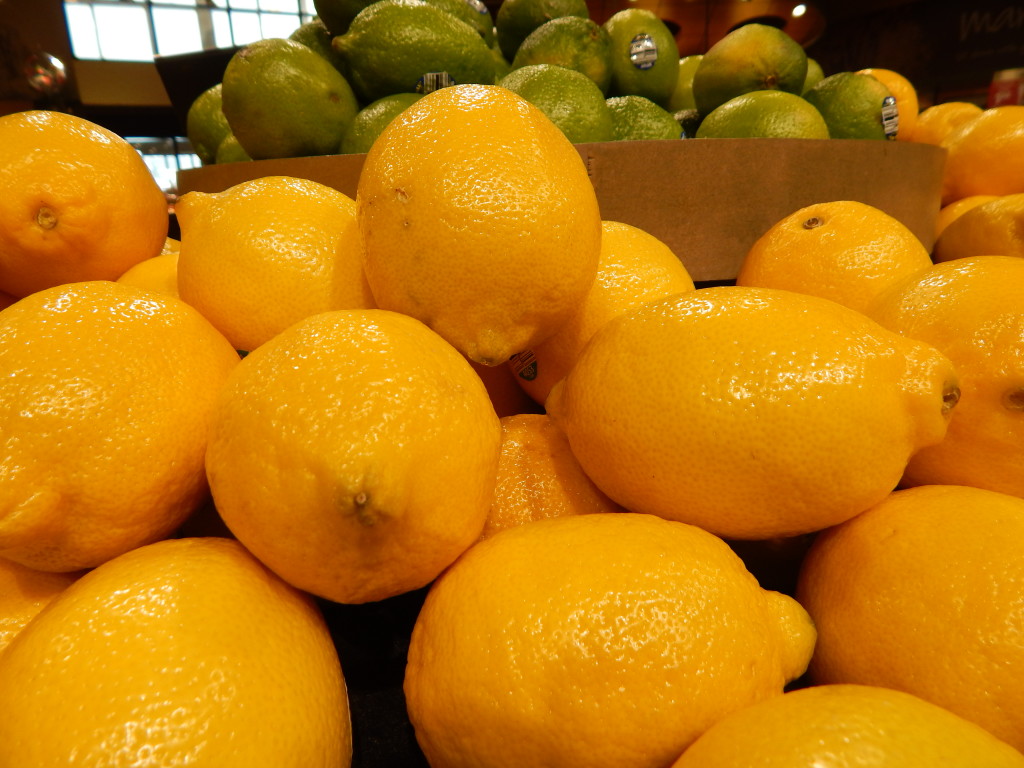 The simplest spring cleaning ideas can be found around the home. Under the sink and in the cupboard are ingredients with the power to clean easily and organically. Here are a few of my favorites:
The simplest spring cleaning ideas can be found around the home. Under the sink and in the cupboard are ingredients with the power to clean easily and organically. Here are a few of my favorites: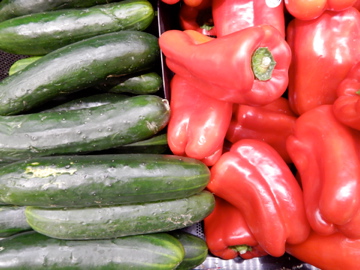 At times, I pile the bags of food in my car after spending a boatload of money and feel lost. With all my research and knowledge of the world of organics, I should radiate confidence. Instead, I doubt my choices and wonder if I even make a difference in what I feed my family.
At times, I pile the bags of food in my car after spending a boatload of money and feel lost. With all my research and knowledge of the world of organics, I should radiate confidence. Instead, I doubt my choices and wonder if I even make a difference in what I feed my family.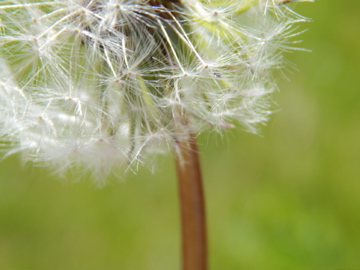 Meditating on a mountaintop never did it for me. I’ve been there. Climbed high; stretched my arms out; and reached for the sun on the horizon. Then, I’d turn around and realized I’d have to go down. The search for the ideal, whole, simple life would have to continue after the vacation ended. Life called me back into the hectic fold.
Meditating on a mountaintop never did it for me. I’ve been there. Climbed high; stretched my arms out; and reached for the sun on the horizon. Then, I’d turn around and realized I’d have to go down. The search for the ideal, whole, simple life would have to continue after the vacation ended. Life called me back into the hectic fold.